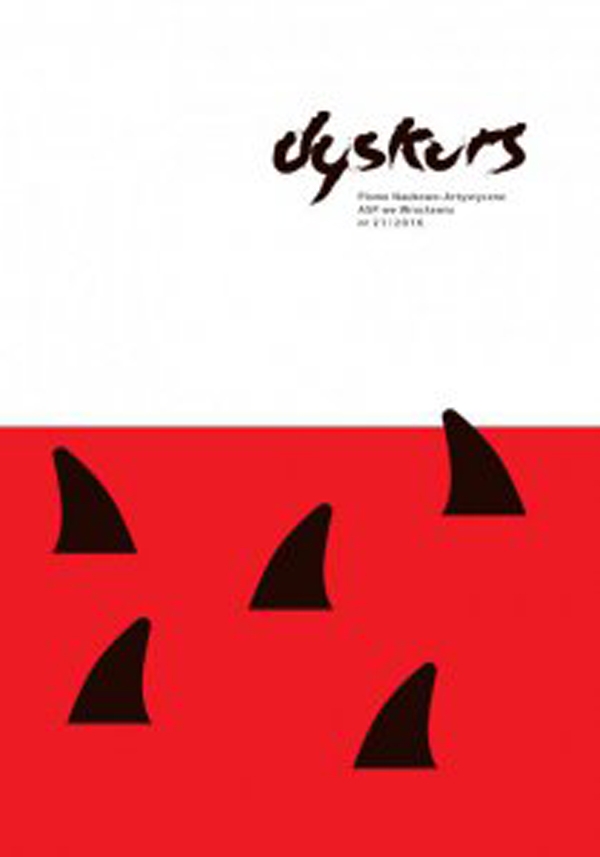Grupa działania i grupa 111 1977– ... „działania lucimskie” – spóźniona recepcja
Słowa kluczowe:
social contexts of art, artistic activity, art. perception, ‘ethnographic revolutionAbstrakt
ACITIVY GROUP AND GROUP 111 1977-... ‘LUCIM ACTIVITIES’ : DELAYED RECEPTION
Artistic activities in Lucim, undertaken in the past and still continued, remain one of the most spectacular as well as the least recognized phenomena in Polish art. In 1977, Bogdan and Witold Chmielewski, Andrzej Maziec, Wiesław Smużny and Stanisław Wasilewski decided to focus in their work on Polish countryside. Together with the people of Lucim, the Grupa Dzialania /Activity Group/ and then Group 111 without Andrzej Maziec and Stanisław Wasilewski engaged in actions of a very complex nature: mystical and ritual, artistic, animating and cultural, social and research-oriented. Without doubt, the long and active presence of the artists in Lucim can be seen in the context of the interweaving of anthropology and art in the late 20th century. Various activities undertaken by the artists and local people belonged to one of three main trends. The first one – research-oriented, ethnographical and social – became an instrument for defining the needs of the Lucim community, receiving and evaluation the activities. The second one was the New Folk Art, in opposition to state-controlled cultural events in the People’s Republic of Poland and work of other artists. This approach was totally different from the search of relics and sources popular at the time, which turned folk art into a phenomenon to be displayed in museums and an object of vivisections and explorations. The Lucim group did their best to create real culture of the countryside consistent with the tastes of local people. And finally, there was the 11-point manifesto of social art, published in 1980. Socially-oriented activities made it possible for the artists to go beyond the field of art – there were numerous such cases: formulating premises for the Centre for Social and Artistic Activities, the erection of the Folk House and collaboration with scientists rural sociologists from a number of European centers.The reception of the project proved difficult. In the 1970s, 1980s and 1990s the artists’ actions were associated with cultural policy of the state. They were completely omitted by art critics and galleries for years. Even though the group participated in key events of the period: the famous plain-air session Osieki 79 Meeting, the important 1991 exhibition by Janusz Bogucki and Nina Smolarz entitled Epitafium i siedem przestrzeni [Epitaph and Seven Spaces], housed by the Zachęta Gallery. In 2009, an exhibition entitled Lucim Goes On! was staged in Toruń. After the show, its organizer the Centre of Contemporary Art Znaki Czasu purchased a selection of works as well as the documentation of the Group, which meant that artifacts began to be displayed at various expositions. It seems that reasons for this omission were threefold. Diverse activities among the artists resulting from the demands of the locals and different artistic attitudes. Hardly definable nature of the activities. Delayed reception of the ‘ethnographical turn’ and the ‘performative turn’ in Poland. But the key reason seems to be the many-year negligence of cultural images of rural life in art. A change of this situation could only be observed on Polish art scene in 2016.

